August Theodor Schoefft (budapest, 1809 1888) Huile Sur Toile. Portrait Dame
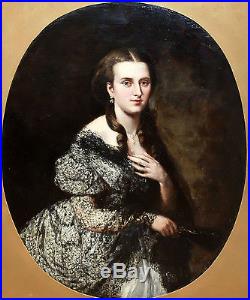
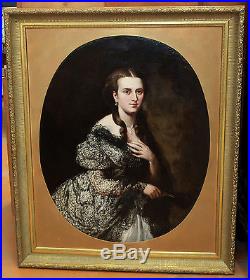
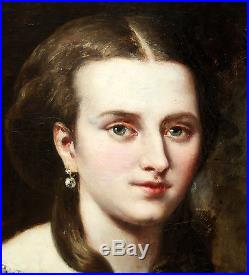
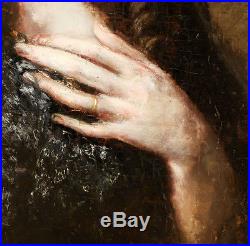
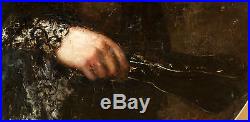

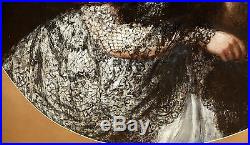
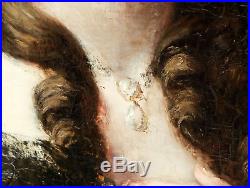
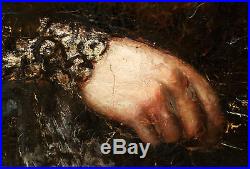
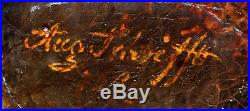
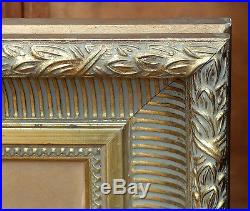
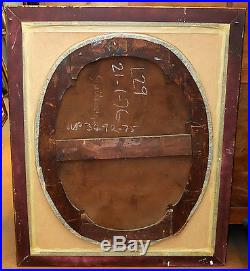
IMPORTANT HUILE SUR TOILE DU ARTISTE HONGROIS. AUGUST THEODOR SCHOEFFT (BUDAPEST, 1809 – 1888). REPRESENTANT UN PORTRAIT D’UNE DAME. SIGNÉE PAR L’ARTISTE AU FOND AUG. LE PEINTURE EST ENCADRÉE (CADRÉE SCIECLE XX). MEASURES HUILE: 107 CM. HAUTEUR X 85,5 CM. MEASURES CADRE: 131 CM. Schoefft and the Sikhs. August Theodor Schoefft Hungarian National Museum, Budapest. A son of a local portrait painter August Theodor Schoefft was born in Budapest in 1809 to German parents who had migrated to Hungary. After formal art training in Vienna Schoefft set out on a great adventure to travel exotic lands and paint foreign scenes while supporting himself on painting commissions as a professional artist. He managed to secure several prestigious portraits including Count Istvn Szchenyi. Schoefft eventually made his way to India via Turkey, arriving at Bombay in 1838. Once in India he advertised his skills as a artist in local newspapers which led to a number of profitable commissions. In September 1839 at Madras Schoefft recieved 5,000 Rupees for two full-length, life-size portrats of the Nawab of Arcot and his uncle. As word of Schoefft’s skills as an artist spread he spent the next two years travelling extensively and working on commissioned painting for various clients. Schoefft who has resided amongst us for some months and acquired considerable reputation as an artist is, we understand on the point of quitting Calcutta on a journey to Lahore. On his way thither, M. Schoefft propoes to halt at Moorshedabad, Monghyr, Patna, Dinapore, Benares, Allahabad, Lucknow, Cawnpore, Agra, Delhi, Meerut, Kurnaul etc. And will, we believe be happy to be employed by the residents at the several stations in every way in which his talents can be made available. It should be stated that M. Schoefft is not merely a portrait painter. He has much skill in painting historical subjects, landscapes, constumes, etc. Works with astonishing quickness and is, we thing more reasonable in his charge than any artist who has preceded him. Calcutta Courier, June 13, 1840. Eventually Schoefft reached the capital of the Sikh Kingdom, Lahore in November 1841 during the reign of Maharaja Sher Singh. Once in Lahore, Schoefft was the guest of Dr. Martin Honigberger, the personal physician to the Sikh Royal Court and a fellow German speaker. Schoefft ended up spending over a year in the Sikh Kingdom painting various scenes and portraits of prominent members of the Sikh Court. Although many of these have now been lost, fortunately Schoefft made copies of a few for his own reference. Russian Prince Alexis Soltykoff visiting Lahore in March 1842 tells of finding Schoefft’s paintings in the palace treasures. There was also a portrait of the King covered with jewels and holding in his hand a scimitar straight and very broad at the point and a portrait of the chief minister, Raja Dhian Singh, a good looking man, on horseback and wearing that suit of armour which I have already described. The King who admires the armour wished to be painted in it also. The Punjab a Hundred Years Ago as described by V. Jacquemont (1831) & A. Soltykoff (1842) Editor H. While at Lahore Schoefft also studied and copied existing portraits by various artists of some of the principal characters of the Royal Court who had died before his arrival including Maharaja Ranjit Singh, Maharaj Kharak Singh and Raja Nau Nihal Singh and other past members of Maharaja Ranjit Singhs Royal Court. Schoefft had plans to incorporate these character studies of past figures along with his own sketches of current principal figures at Maharaja Sher Singhs court into epic scenes at a later time on his return to Europe. Visiting Amritsar and Lahore and preparing preliminary sketches of the locations as well as observations of the Sikh Royal Court and accounts he had heard of what it had been like during the time of Maharaja Ranjit Singh, Schoefft was able to get a good sense of Maharaja Ranjit Singhs Royal Court. Schoefft successfully combined reality with imagination to create scenes that he had never witnessed, but which were based on bits and pieces of real scenes that he had sketched along with his imagination of events and details that may have been. Thus Schoefft laid the foundation work for his two most famous epic historical paintings of the Court of Lahore and Ranjit Singh at Darbar Sahib. After spending over a year in the Sikh Empire, Schoefft left in 1842 undertaking a journey back to Europe via Afghanistan, Persia, and Egypt, spending some time in St. Petersburg Russia before eventually reaching Vienna. Here in his studio Schoefft would now spend the next several years working on his grand epic masterpieces using his notes, preliminary sketches, copies of other artists portraits and some imagination. Once completed his monumental masterpieces of the Lahore Court and Ranjit Singh at Darbar Sahib as well as some other paintings from the Sikh Empire were exhibited by Schoefft to the public at the Vienna Salon of 1855. His masterpieces received great critical acclaim. At the time of their unveiling to the public, Schoefft’s paintings now represented scenes of a Sikh Kingdom which no longer existed. Maharaja Sher Singh was now dead, the Sikh Empire had been annexed and its last figurehead ruler the child king Maharaja Duleep Singh was in exiled captivity in Britain. Schoefft eventually died in 1888. His painting of Maharaja Ranjit Singh at Darbar Sahib ended up in the collection of Maharaja Duleep Singh living in England along with some of his other paintings including the famous Court of Lahore. Upon Duleep Singhs death these important paintings became the property of his daughter Princess Bamba Jindan. Princess Bamba eventually left England and moved to Lahore marrying a British doctor and upon her death in 1957 she bequeathed her property including Schoefft’s paintings to her secretary Pir Karim Baksh Supra. L’outil de mise en vente gratuit. Mettez vos objets en vente rapidement et en toute simplicité, et gérez vos annonces en cours. L’item “AUGUST THEODOR SCHOEFFT (BUDAPEST, 1809 1888) HUILE SUR TOILE. PORTRAIT DAME” est en vente depuis le jeudi 9 mars 2017. Il est dans la catégorie “Art, antiquités\Art du XIXème, et avant\Peintures, émaux”. Le vendeur est “sonidav” et est localisé à/en SANT CELONI. Cet article peut être livré partout dans le monde.
- Type: Huile
- Période: XIXème et avant
- Thème: Portrait, Autoportrait
